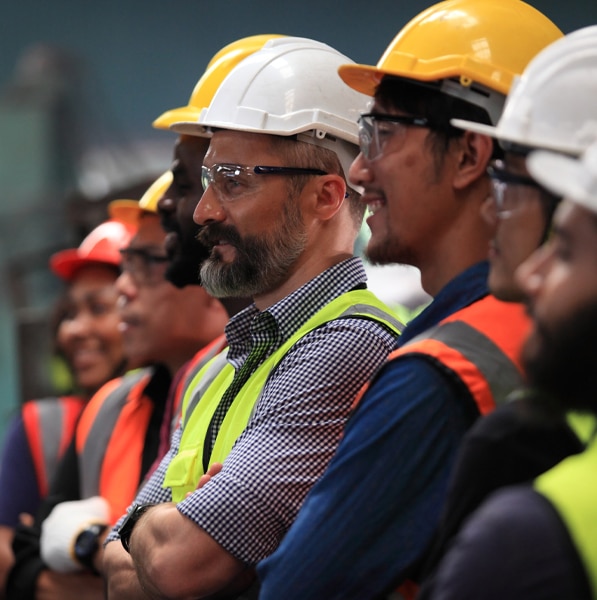Tenant Improvement and Build Out FAQs
Tenant build outs, also known as tenant improvements, refer to the customized construction or modifications made to a commercial rental space to suit the needs and preferences of the tenant. These build outs typically include modifications to the interior of a space, such as floor plan changes, wall additions or removals, lighting updates, and other installations that reflect the tenant’s brand and business requirements.
Leasehold improvements also include changes made to a commercial space to accommodate a tenant’s needs. However, the term “leasehold improvements” is used from the property owner’s perspective, focusing on the added value the changes bring to the property. On the other hand, tenant build outs emphasize the tenant’s viewpoint, highlighting the alterations made to customize the space for their business operations.
A tenant might need leasehold improvements when moving into a commercial space that does not suit their business requirements. Leasehold improvements can be necessary for businesses with unique operational needs, like specialized storage or equipment, a refined set of acoustics, or an office layout that supports a collaborative environment.
Tenant build outs help improve a commercial space’s functionality by making alterations customized to the tenant’s business model and requirements. These modifications can optimize the flow of foot traffic, facilitate effective communication, support specific equipment installation, and provide energy-efficient installations, all leading to a more efficient and productive business environment.
Yes, tenant build outs can increase the value of a commercial property, as they often involve upgrades and enhancements tailored to modern business needs. These improvements create a more aesthetically pleasing space and render the property more functional and attractive to potential future tenants.
To ensure a tenant build out meets a business’s unique needs, it’s crucial to collaborate closely with the construction team and communicate your detailed requirements effectively. Consider creating a comprehensive plan that outlines everything from layout and design preferences to required materials and finishes. Moreover, select a reputable, experienced contractor to bring the project to fruition while maintaining consistent communication to ensure your vision materializes as intended.

